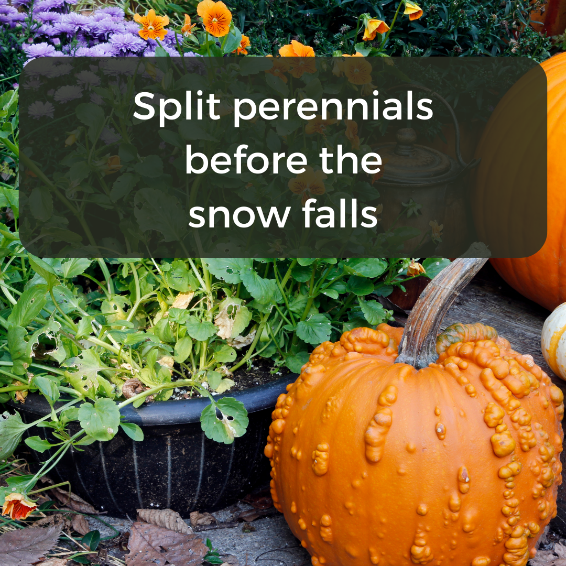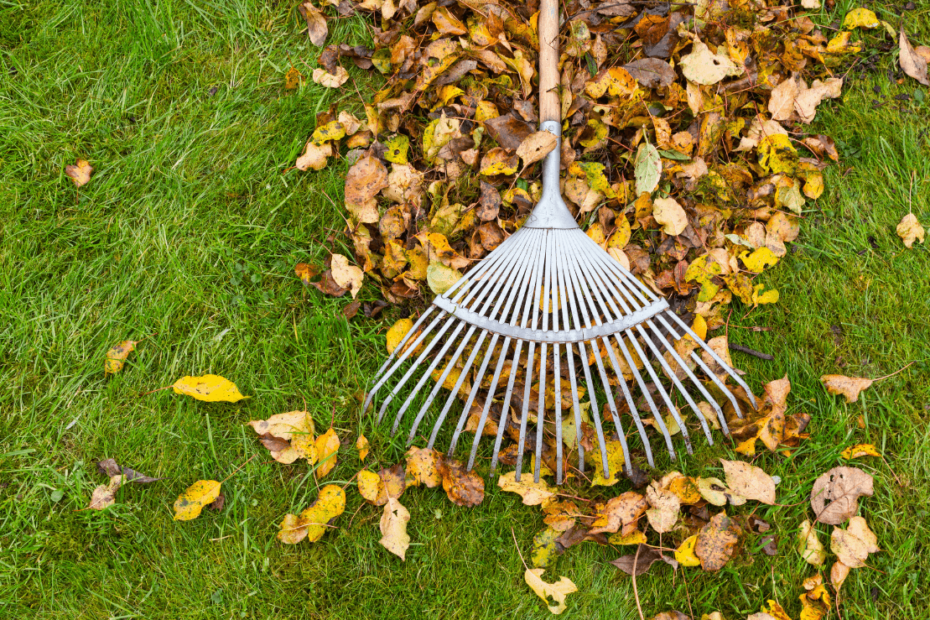Many of us are unsure of the best way to prepare our gardens for the winter. There are a few things that need to be wrapped up to ensure a healthy garden next spring.
Keep reading for your Fall To-Do List.
#1 Prepare Your Lawn
A lot of people think that once summer is over, so is lawn care. This couldn’t be more wrong though! Fall provides the perfect opportunity to put your lawn on the best track for your healthiest lawn. Make sure you do these 3 things:
- One final mow: The final mow before winter hits should trim your grass to about 1¼ inches long. This is the perfect length for your lawn to make its own food and fight off disease.
- Aerate: Chances are that by the end of summer your lawn’s soil is compressed and will need some extra help to absorb water and nutrients. Use a garden fork to puncture holes in your lawn or go the extra mile and invest in a walk-behind aerator.
- Feed and seed: You can get a greener lawn in the spring by preparing this fall! Take this as an opportunity to reseed and give your lawn a healthy dose of a high-phosphorus mix.
#2 Take Care of Perennials and Annuals
You might be tempted to leave your annuals and perennials to deal with next spring, but there are a few steps you can take to alleviate some of the pressure when the snow melts.
Perennials

Fall is the best time to split your perennials, like hostas. Split them using a garden spade and replant immediately (pro tip: perennials make fantastic gifts). You should also consider pruning your perennials before the snow falls.
Annuals
Don’t leave your annuals in the soil over the winter. Make sure to dig them up by the root and throw them in the composter. You may also be able to store some of your plants indoors over the winter. Do some research about any annuals you particularly love.
#3 Rake & Reuse Leaves
Did you know that fallen leaves make fantastic mulch? They cost you a grand total of $0 and a little bit of labour.
Start by raking up all the leaves around your yard. You’ll then need to shred them up so that they’ll decompose easier throughout the winter. You could use your hands to do this, but that’s time-consuming and hard work. Instead, consider using a leaf mulcher (sometimes called a leaf shredder). A good mulcher will cost you between $100-200.
Once your leaves are shredded, they’re ready to be placed in your garden bed. Pile the leaves 2-4 inches deep throughout the flower bed, but make sure you aren’t crowding your perennials! Give them a bit of space, about a 1-inch radius, so that they’ll breathe throughout the winter.
